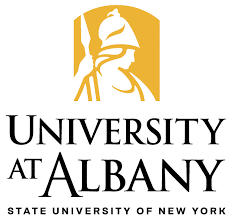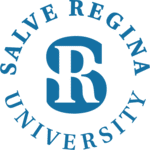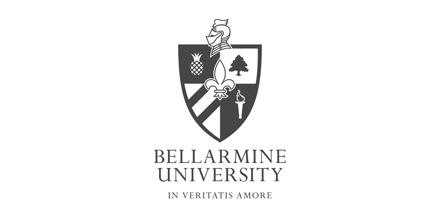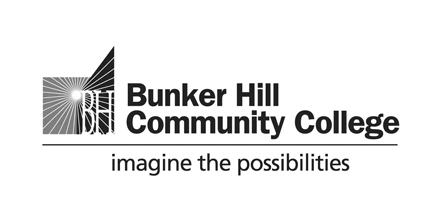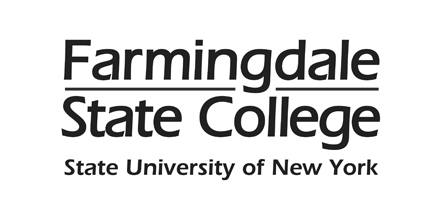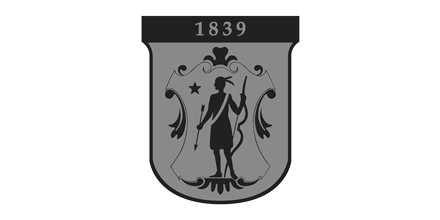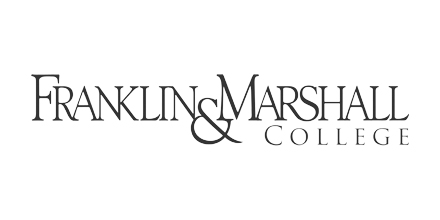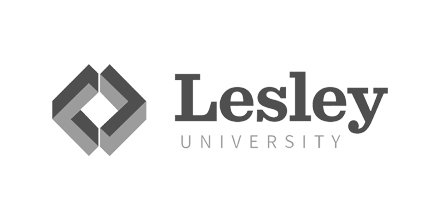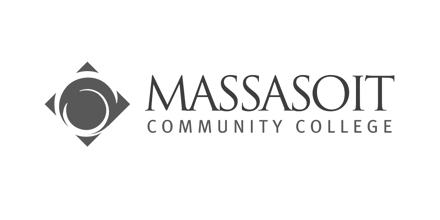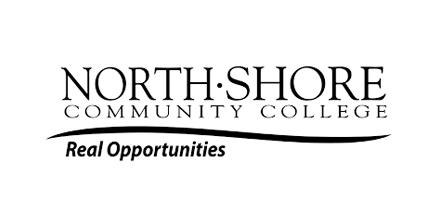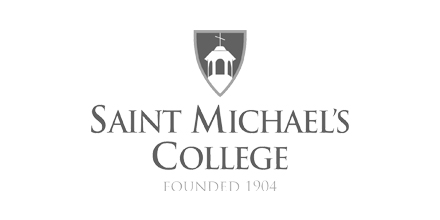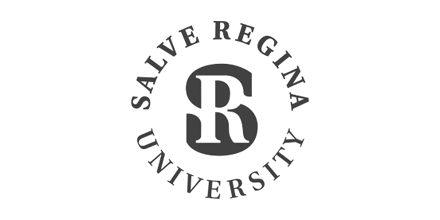The landscape of higher education is undergoing a significant transformation. Budget cuts, a competitive job market, and a growing emphasis on student outcomes are forcing universities to adapt and innovate. In response to these challenges, the role of Human Resources (HR) is evolving. HR is no longer simply about administrative tasks; it’s becoming a strategic partner in driving institutional success.
We will look at Roger Williams University and draw insights from our podcast interview with their Associate VP of HR, Thomas McDonough.
Roger Williams University: A Case Study in Employee Satisfaction
Roger Williams University (RWU) exemplifies this shift in focus. Recognizing the importance of employee satisfaction and growth, RWU implemented several key initiatives:
- Professional development programs: RWU offers programs like manager development, mental health awareness training, and guidance on navigating the post-COVID workplace. These programs equip staff with the skills and knowledge they need to excel in their roles.
- Onboarding process improvements: RWU revamped its onboarding process to create a more welcoming and informative experience for new hires. This includes a comprehensive onboarding session, a campus tour, and regular HR check-ins throughout the first year to ensure a smooth transition.
- Work-life balance initiatives: RWU acknowledges the importance of work-life balance for employee well-being and retention. The university offers unique initiatives like a disc golf tournament, a campus scavenger hunt, and even a dog-friendly work policy, fostering a more relaxed and enjoyable work environment.
Challenges and Strategies for HR in Higher Education
Despite the best efforts, HR professionals in higher education face several challenges:
- Budgetary constraints: Budget cuts can limit resources available for HR initiatives.
- Aging workforce: An aging workforce can lead to skills gaps and succession planning difficulties.
- Shrinking applicant pool: A competitive job market makes attracting and retaining top talent a challenge.
Overcoming Challenges and Building a Strong Employer Brand
Several strategies can help HR departments overcome these challenges:
- Competitive benefits and work-life balance programs: Offering attractive benefits packages and promoting healthy work-life balance practices can make an institution a more desirable employer.
- Culture of inclusivity: Fostering a diverse and inclusive workplace attracts a wider range of talent and improves employee morale.
- HR technology: Technology can streamline HR processes, freeing up staff time for more strategic tasks. Roger Williams University leverages Interview Exchange, a performance management solution, as an example.
The Future of HR in Higher Education
The future of HR in higher education is bright. HR will play a critical role in:
- Recruitment and retention: Attracting and retaining top talent is essential for institutional success.
- Talent development: Providing opportunities for continuous learning and growth is key to employee engagement.
- Diversity and inclusion: A diverse and inclusive workforce fosters innovation and creativity.
- HR technology solutions: Implementing and utilizing HR technology solutions like Interview Exchange’s planned AI applicant screening and document management features will further streamline processes and enhance efficiency.
HR – A Catalyst for Innovation and Growth
HR is no longer a back-office function in higher education. It’s a strategic partner driving institutional success. By focusing on employee engagement, professional development, and work-life balance, universities can create a thriving and productive work environment that fosters innovation and growth.
For a deeper dive into the strategies discussed, listen to the full podcast interview with Thomas McDonough, Associate Vice President of HR/Chief Human Resources Officer at Roger Williams University.






